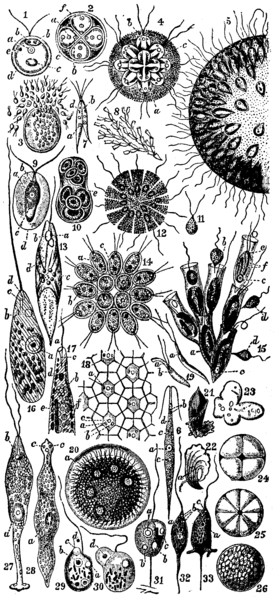Barkas:Flagellata 1.png

Gedhéning pratuduh iki: 278 × 600 piksel Résolusi liya: 111 × 240 piksel | 222 × 480 piksel | 990 × 2.136 piksel.
Berkas asli (990 × 2.136 piksel, ukuran barkas: 147 KB, jinis MIME: image/png)
Sajarahing berkas
Klik ing tanggal/wektuné saprelu ndeleng rupané barkasé nalika tanggal iku.
| Tanggal/Wektu | Gambar cilik | Alang ujur | Naraguna | Tanggepan | |
|---|---|---|---|---|---|
| saiki | 12 April 2006 13.59 |  | 990 × 2.136 (147 KB) | Jjbeard | {{PD-Britannica}} Category:Images from Encyclopædia Britannica This image has an extensive caption. Please refer to the EB1911 article for the text of this caption. |
Panggunaning berkas
Kaca ing ngisor iki nganggo barkas iki:
Panggunané barkas sajagat
Wiki liya ngisor iki nganggo barkas iki:
- Kanggo ing af.wikipedia.org
- Kanggo ing ar.wikipedia.org
- Kanggo ing bs.wikipedia.org
- Kanggo ing en.wikipedia.org
- Kanggo ing fa.wikipedia.org
- Kanggo ing gl.wikipedia.org
- Kanggo ing id.wikipedia.org
- Kanggo ing ka.wikipedia.org
- Kanggo ing ko.wikipedia.org
- Kanggo ing lfn.wikipedia.org
- Kanggo ing nqo.wikipedia.org
- Kanggo ing ro.wikipedia.org
- Kanggo ing ru.wikipedia.org
- Kanggo ing tt.wikipedia.org
- Kanggo ing zh.wikipedia.org

